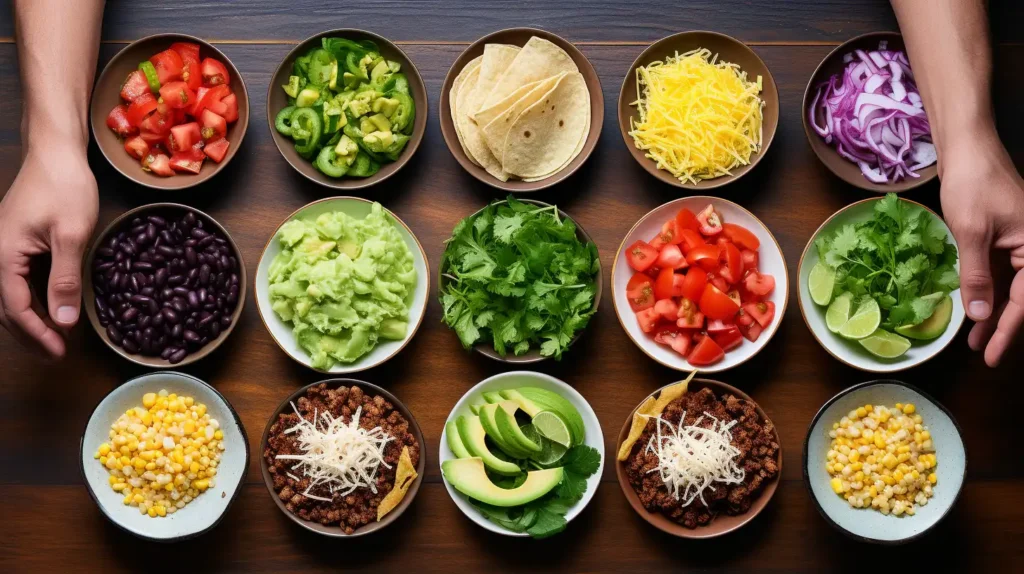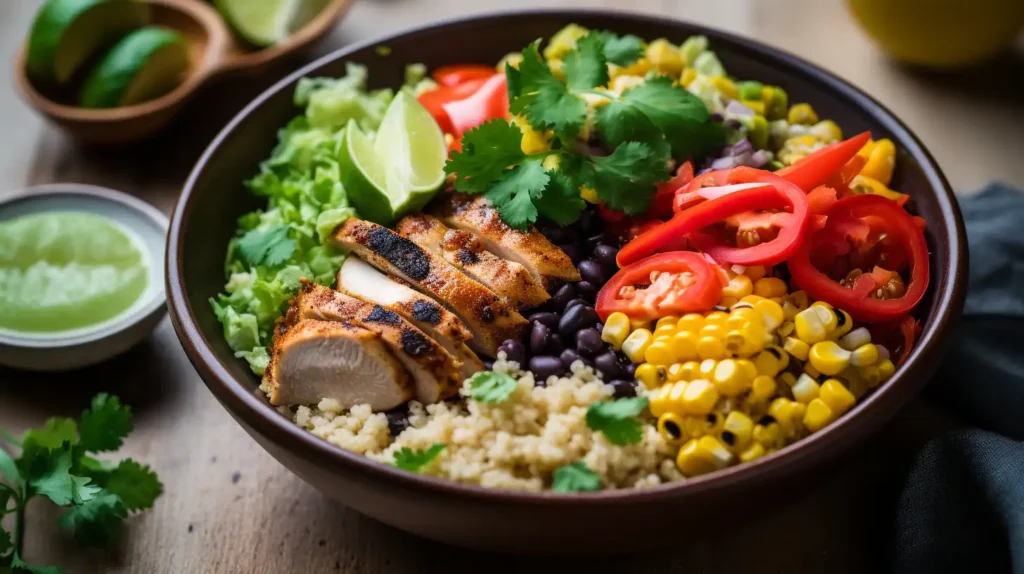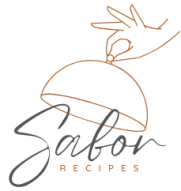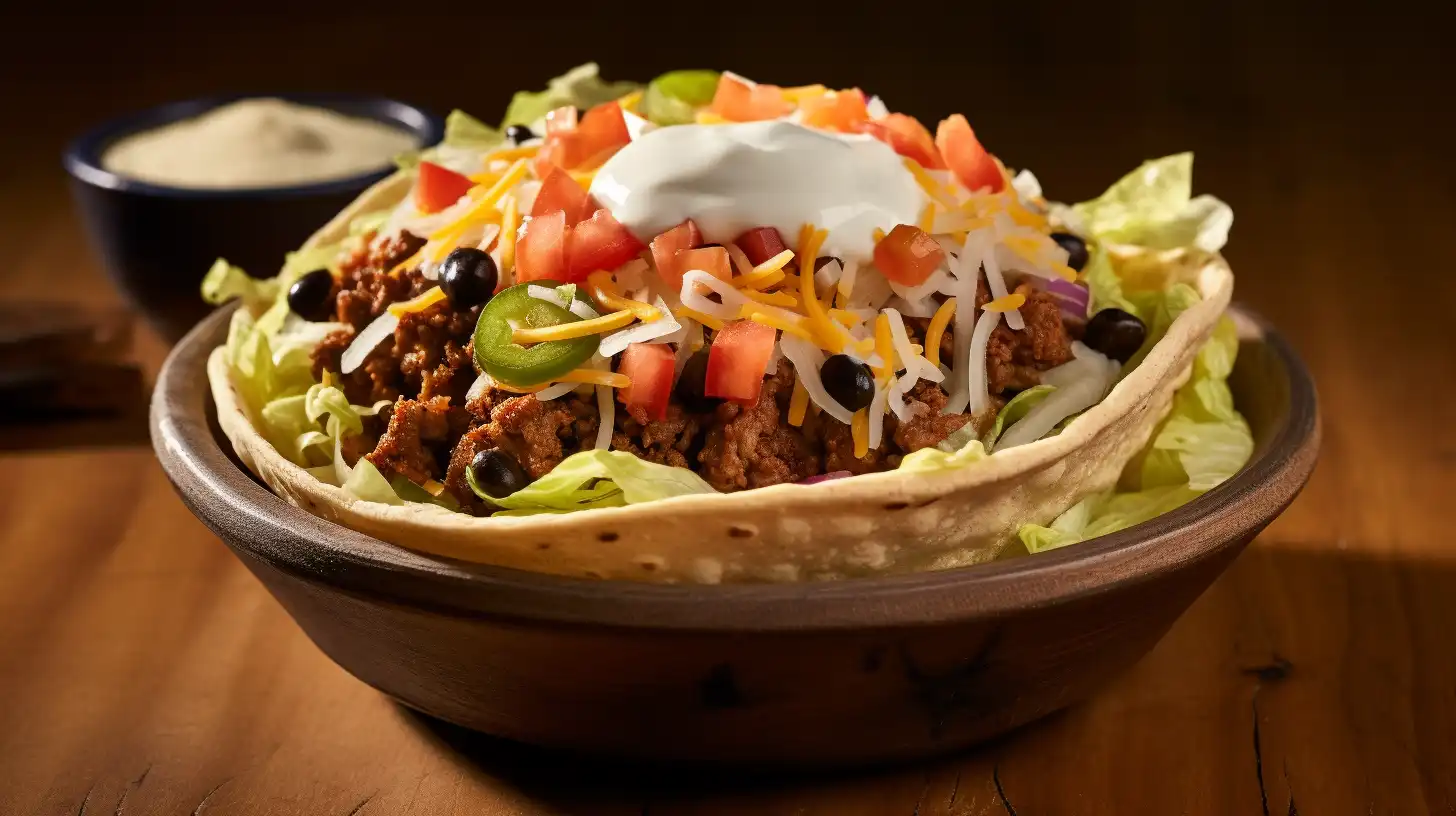Part 1: Core Components of a Taco Bowl
The Base Layer: Foundations of Flavor
The base layer in a taco bowl is where the magic begins. It’s not just a backdrop for toppings but a crucial element that ties everything together. Most traditional taco bowls start with a sturdy layer of Mexican rice. This flavorful option is often seasoned with spices like cumin, paprika, and garlic to infuse a rich, earthy taste.
However, if you’re looking for lighter alternatives, a bed of crisp lettuce or nutrient-packed spinach can serve as an excellent base. For health enthusiasts, swapping rice for cauliflower rice or quinoa provides a low-carb, protein-rich twist without compromising on texture or taste.
Traditional Bases: Rice and Beyond
Mexican-style rice stands as the go-to option for traditionalists. It’s warm, savory, and perfectly complements the spiced proteins and toppings. Black beans or pinto beans are often layered alongside, creating a hearty, satisfying combination. Some variations incorporate refried beans for added creaminess.
Low-Carb Alternatives: Greens and Grains
For those counting carbs or aiming for a gluten-free meal, leafy greens like romaine lettuce or kale provide a refreshing crunch. Adding quinoa or farro brings a nutty flavor and an extra dose of fiber. With these alternatives, the taco bowl becomes a healthy yet flavorful meal suitable for various dietary needs.
Part 2: Protein Choices in Taco Bowls
Protein Selections: Heart of the Taco Bowl
The protein is undoubtedly the star of the taco bowl, giving it depth, texture, and a satisfying punch of flavor. Whether you prefer classic meat options or plant-based alternatives, the possibilities are endless. Each protein choice brings its unique flair, making it easy to tailor your taco bowl to suit your taste and dietary preferences.
Classic Proteins: Beef, Chicken, and More
Traditional taco bowls often feature ground beef seasoned with a zesty taco spice mix. This classic choice pairs beautifully with the other ingredients, providing a rich, savory foundation. Grilled chicken, another popular protein, is equally versatile and appeals to those seeking a leaner option without sacrificing taste.
For pescatarians, shrimp seasoned with chili powder and lime juice offers a delightful twist. These proteins are quick to cook, making taco bowls an easy weeknight meal.
Plant-Based Options: Beans, Tofu, and Lentils
Plant-based eaters, rejoice! Taco bowls are just as delicious with vegetarian and vegan proteins. Black beans and pinto beans, packed with protein and fiber, are excellent choices. For a heartier bite, consider sautéed tofu cubes or roasted chickpeas seasoned with taco spices.
Lentils, particularly red or green varieties, add a tender, meaty texture that holds up well against bold flavors. Combined with other ingredients, these plant-based options can turn a simple taco bowl into a protein-packed powerhouse.
Part 3: Vegetables and Toppings

Fresh Vegetables: Adding Crunch and Color
Vegetables are the soul of any taco bowl, bringing a medley of textures, colors, and nutrients to the mix. From classic choices to creative additions, the right vegetables can elevate the dish from ordinary to extraordinary. They also balance the richness of proteins and bases, creating a well-rounded meal that delights with every bite.
Common Choices: Lettuce, Tomatoes, and Onions
Shredded lettuce is a staple in taco bowls, offering a refreshing crunch that complements the bold flavors of the dish. Juicy, diced tomatoes are another must-have, adding a pop of vibrant red and a sweet, tangy burst with every spoonful.
Onions—whether raw, grilled, or pickled—provide a layer of zest that enhances the overall flavor profile. Red onions are particularly popular for their milder bite and beautiful color contrast.
Additional Options: Corn, Bell Peppers, and Avocado
Sweet corn kernels bring a subtle sweetness and a pop of golden yellow to the taco bowl. Meanwhile, diced bell peppers—red, yellow, or green—add crunch and a slightly sweet, earthy flavor.
No taco bowl would be complete without avocado. Whether sliced, diced, or mashed into creamy guacamole, avocado adds a luxurious, buttery texture. Garnish with a sprinkle of lime juice and cilantro to bring all the flavors together in perfect harmony.
Part 4: Enhancing Flavors with Toppings
Toppings and Garnishes: Elevating the Experience
Toppings and garnishes are what make a taco bowl truly your own. They allow for creativity and customization, taking a simple meal and transforming it into a personal masterpiece. From creamy cheeses to tangy sauces, each topping adds a unique element of flavor, texture, or color that complements the dish.
Cheeses: Cheddar, Cotija, and More
Cheese is a beloved topping in taco bowls, offering creamy, salty, or sharp flavors depending on the type. Shredded cheddar is a classic choice, loved for its meltability and rich taste. For a more authentic flair, opt for cotija cheese, a crumbly Mexican cheese with a salty, tangy profile.
Monterey Jack or a Mexican cheese blend are also popular options, providing a gooey texture and mild flavor that balances the bolder ingredients.
Sauces and Condiments: Salsa, Sour Cream, and Guacamole
Sauces and condiments are where the fun begins. Salsa, ranging from mild pico de gallo to fiery habanero blends, is a quintessential addition that brightens up every bite.
A dollop of sour cream offers a cooling contrast to the heat of spices, while guacamole lends a creamy, earthy richness. Want an extra kick? Try drizzling some hot sauce or chipotle aioli over the top for added heat and smokiness.
Part 5: The Taco Bowl Shell
The Edible Bowl: Crafting the Perfect Shell
The shell of a taco bowl isn’t just a container—it’s a vital component that adds crunch and texture to the meal. Whether traditional or health-conscious, the shell ties all the flavors together while providing a fun, edible vessel for your ingredients. Choosing the right shell can transform your taco bowl from good to unforgettable.
Traditional Fried Tortilla Bowls
A classic fried tortilla bowl is a popular choice for its crispy, golden texture. Made by frying large flour tortillas in a shaped mold, these shells are sturdy enough to hold all your ingredients while delivering a satisfying crunch. Their mild, buttery flavor pairs perfectly with the bold spices and fresh toppings typical of taco bowls.
Baked Tortilla Alternatives for Health-Conscious Eaters
For a lighter option, baked tortilla bowls are an excellent alternative. These are made by placing tortillas in oven-safe bowls and baking them until crisp. They maintain the shape and functionality of their fried counterparts while significantly reducing fat content. Whole-wheat or gluten-free tortillas can be used to accommodate specific dietary needs, making them versatile and inclusive.
Part 6: Dietary Considerations and Variations

Customizing Taco Bowls for Dietary Needs
One of the greatest strengths of taco bowls is their adaptability. Whether you’re catering to specific dietary restrictions or simply experimenting with new flavors, taco bowls offer endless opportunities for customization. With just a few tweaks, you can create a dish that aligns with your preferences and health goals without compromising taste or satisfaction.
Vegetarian and Vegan Adaptations
For plant-based diets, taco bowls can easily be adjusted to exclude animal products. Replace meat with protein-packed options like black beans, lentils, or tofu. Adding roasted vegetables such as sweet potatoes, zucchini, or mushrooms enhances both flavor and texture.
Skip the dairy-based toppings in favor of plant-based alternatives like vegan sour cream, shredded non-dairy cheese, or creamy cashew-based queso. A generous portion of guacamole or avocado slices ensures your taco bowl remains rich and satisfying.
Gluten-Free and Keto-Friendly Options
Taco bowls can also be made gluten-free or keto-friendly. Swap out traditional flour tortillas for corn tortillas or ditch the shell altogether in favor of a bowl-only version. Low-carb bases like cauliflower rice or a fresh green salad are excellent substitutes for rice or beans.
To keep it keto, focus on high-fat toppings such as shredded cheese, guacamole, and sour cream, while skipping sugary sauces or starchy additions. This version ensures you stick to your macros while enjoying all the delicious flavors.
Part 7: Popular Taco Bowl Recipes
Exploring Popular Taco Bowl Recipes
Taco bowls are beloved for their versatility, allowing you to craft endless variations to suit your taste. From classic recipes to inventive twists, these combinations highlight the best of Mexican-inspired cuisine. Here are some tried-and-true favorites to inspire your next meal.
Classic Beef Taco Bowl
The classic beef taco bowl is a crowd-pleaser, featuring seasoned ground beef cooked with a blend of taco spices. Start with a base of Mexican rice or lettuce, layer on the beef, and top with diced tomatoes, shredded cheddar cheese, and a dollop of sour cream. Add a drizzle of salsa or hot sauce for an extra kick. It’s simple, hearty, and bursting with flavor.
Grilled Chicken and Avocado Taco Bowl
For a lighter, protein-packed option, the grilled chicken and avocado taco bowl is a winner. Use quinoa or a bed of fresh greens as the base. Top with juicy grilled chicken strips, creamy avocado slices, and sweet corn kernels. Sprinkle some cotija cheese and garnish with lime juice and cilantro for a refreshing finish.
Spicy Black Bean and Quinoa Taco Bowl
This plant-based recipe is perfect for vegans and vegetarians. Combine fluffy quinoa and spiced black beans as the foundation. Add sautéed bell peppers, crunchy lettuce, and fresh pico de gallo. Finish with a dollop of guacamole and a handful of roasted chickpeas for an added crunch. It’s flavorful, nutrient-dense, and totally satisfying.
Part 8: Frequently Asked Questions about Taco Bowls
What is the origin of the taco bowl?
The taco bowl is a modern twist on traditional Mexican cuisine, inspired by the flavors and ingredients of tacos. While its exact origin isn’t well-documented, it became popular as a way to enjoy tacos in a more portable, mess-free format. The edible shell also reflects the creativity often found in Mexican-American fusion dishes.
Can taco bowls be made ahead of time?
Yes! Taco bowls are perfect for meal prep. Prepare the individual components—base, protein, toppings, and garnishes—separately and store them in airtight containers. When ready to eat, simply assemble the taco bowl to maintain freshness and prevent sogginess.
How can I make a healthier taco bowl?
For a healthier taco bowl, use a base like cauliflower rice or mixed greens instead of traditional rice. Opt for lean proteins like grilled chicken or tofu and load up on fresh vegetables. Baked tortilla bowls or skipping the shell altogether can also reduce calorie content. Choose light toppings such as salsa, fresh cilantro, and lime juice over heavier options like sour cream or cheese.
What are some kid-friendly taco bowl ingredients?
Kids love taco bowls because they’re colorful and customizable! Include familiar ingredients like mild ground beef, shredded cheese, and corn. Offer a variety of toppings, such as cherry tomatoes, sliced olives, and avocado, so kids can build their bowls to their liking. Using small taco shells or bowls can make the dish more appealing for little hands.
How do I store leftover taco bowl components?
Store each component separately in the fridge. For proteins and cooked bases, use airtight containers and consume within 3–4 days. Fresh vegetables and garnishes like guacamole should be prepared in smaller portions to avoid spoilage. Reassemble the taco bowl only when ready to eat to keep it fresh and delicious.
Are taco bowls suitable for meal prep?
Absolutely! Taco bowls are an excellent option for meal prep. Prepare the base, protein, and toppings ahead of time, and store them in individual compartments. When it’s time to eat, you can quickly assemble your bowl, making it a convenient and flavorful choice for busy days.
Part 9: Crafting Your Perfect Taco Bowl
Creating a taco bowl is all about blending bold flavors, vibrant colors, and satisfying textures into one irresistible dish. Whether you stick to traditional recipes or experiment with modern twists, the possibilities are endless. From the flavorful base to the savory proteins, fresh vegetables, and indulgent toppings, each component plays a crucial role in the harmony of this meal.
Taco bowls are a testament to the versatility of food—they cater to diverse tastes and dietary preferences while remaining simple and enjoyable to prepare. With options ranging from gluten-free and vegan to high-protein and keto-friendly, there’s a taco bowl for everyone. So, gather your favorite ingredients, unleash your creativity, and enjoy the process of crafting a taco bowl that’s uniquely yours.

